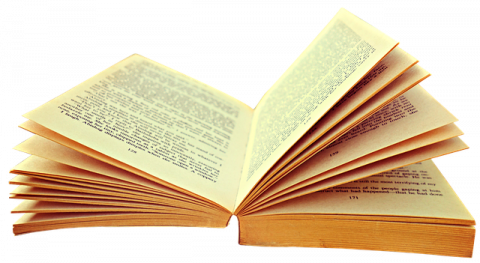Eyre I Go

I am ignorant of many things, not at least of which are the greats of literature. I decided to do something about this and read Charlotte Bronte’s Jane Eyre. I walked in the Peak District last summer where North Lees Hall is said to be the model for the book’s Thornfield, and our more local Wycollar Hall a possible inspiration for Ferndean. Be that as it may, I found it a wonderfully good read, which had me both laughing and crying. Written by a clergyman’s daughter in a religious age, the text is awash with biblical references and allusion. Indeed, its concluding words are "Amen; even so, come, Lord Jesus!"
Although there is much praying and referring to God in the text, the two ordained characters in Holy Orders do not come out well. Rev. Brocklehurst, the hypocritical and hard-hearted administrator of the charity school which Jane attends and later teaches, is a most unpleasant specimen. Rev. St John Rivers, a severe and uncompromising young man, though handsome and clever, is better, but not especially likeable. A Calvinist with a sincerely held call to the Indian missionfield, he seems to lack all affection. Greater piety is attributed to others in the book, whose views appear a little less than orthodox. Indeed, one early reviewer claimed ‘Religion is stabbed in the dark’, another considered it ‘pre-eminently an anti-Christian composition’. I think that Christianity comes out rather well, despite its disagreeable parsons.
When faith is fashionable, hypocrites and charlatans are bred two-a-penny, like weeds in field or mould on a cheese. As the churches continue to retreat in our own age, error is just as plentiful, but it is grasped more sincerely, I think, by those who still profess.
- Log in to post comments


 Sunday Worship 10.45am & 6.00pm
Sunday Worship 10.45am & 6.00pm